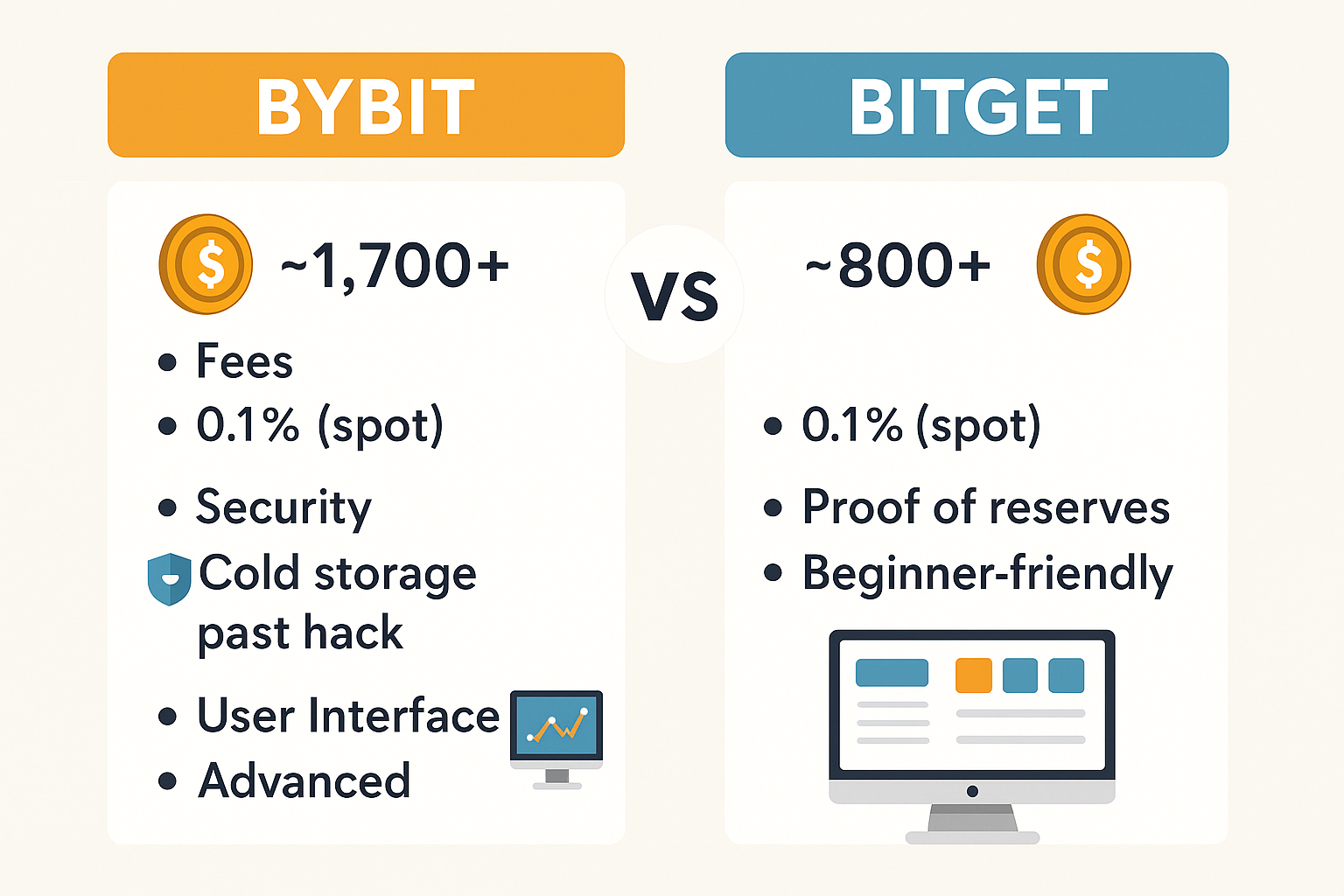Exploring the Challenges and Alternatives to indexOf in Apps Script Arrays
When working with arrays in Google Apps Script, developers frequently use indexOf to locate the position of a specific element within the array. However, many encounter an issue where indexOf returns -1, signaling that the element was not found, even when it seemingly should be present. This article delves into the reasons behind this issue, explores alternative methods to indexOf, and provides guidance on efficiently working with arrays in Google Apps Script.
How to Debug a Java Application in Real Time?
Which Use Case Best Suits Java? A Comprehensive Guide
Can You Use indexOf for an Array in Apps Script?
Yes, indexOf can be used on arrays in Apps Script, just as in standard JavaScript. The indexOf method searches an array for a specific element and returns its first occurrence index. If the element is not found, it returns -1.
However, many developers find that indexOf always returns -1, even when the element exists in the array. This problem often arises due to differences in how objects and primitive values are compared in JavaScript.
Understanding Why indexOf Returns -1 in Apps Script
- Primitive vs. Object Comparison:
indexOfcompares array elements using strict equality (===). If the array contains objects or arrays (complex data structures), even identical objects will not match because they are compared by reference rather than by value.
- Type Mismatch:
- The value being searched might not match the type of elements in the array. For instance, searching for a string “1” in an array of numbers will result in
indexOfreturning-1.
- The value being searched might not match the type of elements in the array. For instance, searching for a string “1” in an array of numbers will result in
- 2D Arrays and Nested Structures:
- For multi-dimensional arrays or nested structures,
indexOfdoes not work as expected because it cannot search within sub-arrays or nested objects.
- For multi-dimensional arrays or nested structures,
Alternatives to indexOf in JavaScript and Apps Script
1. findIndex Method:
findIndexis a more flexible alternative, allowing for a callback function to define the search criteria. This is particularly useful for complex data types or when searching within objects.- Example:
javascript
var array = [{name: "Alice"}, {name: "Bob"}, {name: "Charlie"}];
var index = array.findIndex(obj => obj.name === "Bob");
Logger.log(index); // Outputs: 1
2. Looping Through the Array:
- For cases where
indexOforfindIndexdoes not suffice, a manual loop can be employed to search through each element, offering complete control over the comparison logic. - Example:
javascript
var array = [10, 20, 30, 40];
var target = 20;
var index = -1;
for (var i = 0; i < array.length; i++) {
if (array[i] === target) {
index = i;
break;
}
}
Logger.log(index); // Outputs: 1
3. filter Method:
filtercan be used to create a new array with elements that pass a test implemented by a function. Although not directly returning an index, it can help in identifying if an element exists in a more complex scenario.- Example:
javascript
var array = [5, 12, 8, 130, 44];
var result = array.filter(value => value > 10);
Logger.log(result); // Outputs: [12, 130, 44]
What Does indexOf .1 Mean in JavaScript?
The expression indexOf .1 typically signifies searching for the decimal number 0.1 in an array. However, due to JavaScript’s handling of floating-point numbers, searching for exact decimal values using indexOf may result in unexpected outcomes. This is because small floating-point errors can cause the search to fail, leading to a -1 result. To reliably find decimal numbers, consider rounding or formatting the numbers to a fixed number of decimal places before using indexOf.
Working with 2D Arrays in Apps Script
When dealing with 2D arrays (arrays of arrays), indexOf is generally not effective as it only searches for the outer array. To find a value within a 2D array, you must iterate through each sub-array or employ nested findIndex calls.
Example of Searching in a 2D Array:
javascript
var array2D = [[1, 2], [3, 4], [5, 6]];
var target = 4;
var index = -1;if (array2D[i].indexOf(target) !== –1) {
index = i;
break;
}
}
Logger.log(index); // Outputs: 1
Apps Script indexOf Returning -1 on Android
Some developers have reported that indexOf always returns -1 when executing Apps Script on Android devices. This behavior could be due to differences in how JavaScript is executed in the mobile environment. If you encounter this issue, consider using alternatives like findIndex or loops, as these methods provide more reliable results across different platforms.
Conclusion
While indexOf is a powerful method for searching arrays in Google Apps Script, its limitations become apparent in complex scenarios, such as when dealing with objects, multi-dimensional arrays, or when running scripts on different devices like Android. Alternatives like findIndex, manual loops, and filter offer more flexibility and can help avoid the common pitfalls associated with indexOf.
Final Thoughts
Understanding the nuances of array searching methods in Google Apps Script can significantly improve the reliability and performance of your code. Always consider the data types and structures you’re working with when choosing between indexOf, findIndex, or other search techniques.
Questions & Answers
Q1: Can indexOf handle nested arrays in Apps Script? A1: No, indexOf cannot search within nested arrays. Use loops or findIndex for such scenarios.
Q2: Why does indexOf return -1 when searching for decimal numbers? A2: This could be due to floating-point precision errors. Ensure consistent formatting before using indexOf.
Q3: What is the best method to search for objects in an array? A3: findIndex is recommended for searching objects, as it allows for custom comparison logic.
Sources
- Google Apps Script Documentation
- MDN Web Docs – JavaScript
- Stack Overflow for community-driven insights and solutions.





